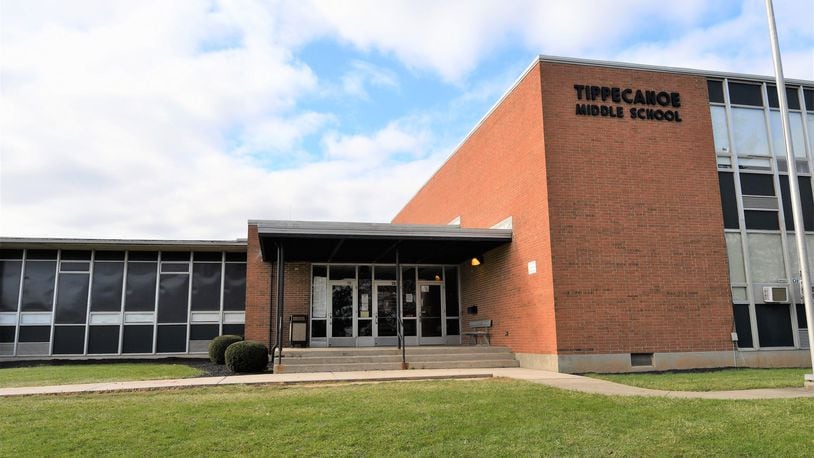The board first heard basic information on the state construction program allowed under House Bill 153 at an October work session.
The law “allows public entities the opportunity to do building projects that are funded a little differently than through a bond program,” board President Sam Spano said at the October meeting. The law permits a design build set up with a primary contractor and subcontractors.
More detailed information was presented Nov. 20 by Gary Pfister, district facilities director.
District leaders have been talking for several years about the future of the aging Broadway and Nevin Coppock elementary buildings along with the L.T. Ball Intermediate building and the Middle School. The district’s newest building, the Tippecanoe High School, opened in 2004.
Voters in spring 2016 reject a bond issue for a new prekindergarten through third-grade building.
Pfister said he talked with various vendors specifically about the Middle School and L.T. Ball buildings. The purpose, he said, was to determine “what could we do to bring some life back into them, and extend their life out 20 to 30 years.”
Areas of proposed work at the Middle School would include roof, window and door replacements, HVAC upgrades, boiler plant replacement, electrical upgrades including more electric service in classrooms, fire upgrade and adding air conditioning to areas that are not now covered.
The starting budget number for that work would be $2.6 million to $2.7 million, Pfister said.
At L.T. Ball, proposed work in the same cost range, would include similar projects with HVAC, building controls automation, adding windows and doors and, depending on the direction chosen, possible interior layout changes.
With those projects and related costs such as engineering and bonding, a total package could come in at less than $6 million, Pfister said.
The work, he said, could be done through the district issuing bonds and making payments yearly versus asking voters for a bond issue.
Taking care of those upgrades then would allow the district to focus on the best way to replace the prekindergarten through third-grade classrooms, including developing an acceptable bond issue proposal, Spano said.
All options would be discussed more thoroughly with the community and the board, which will include two new members after Jan. 1, before any decisions are made, he said.
Contact this contributing writer at nancykburr@aol.com.
About the Author
